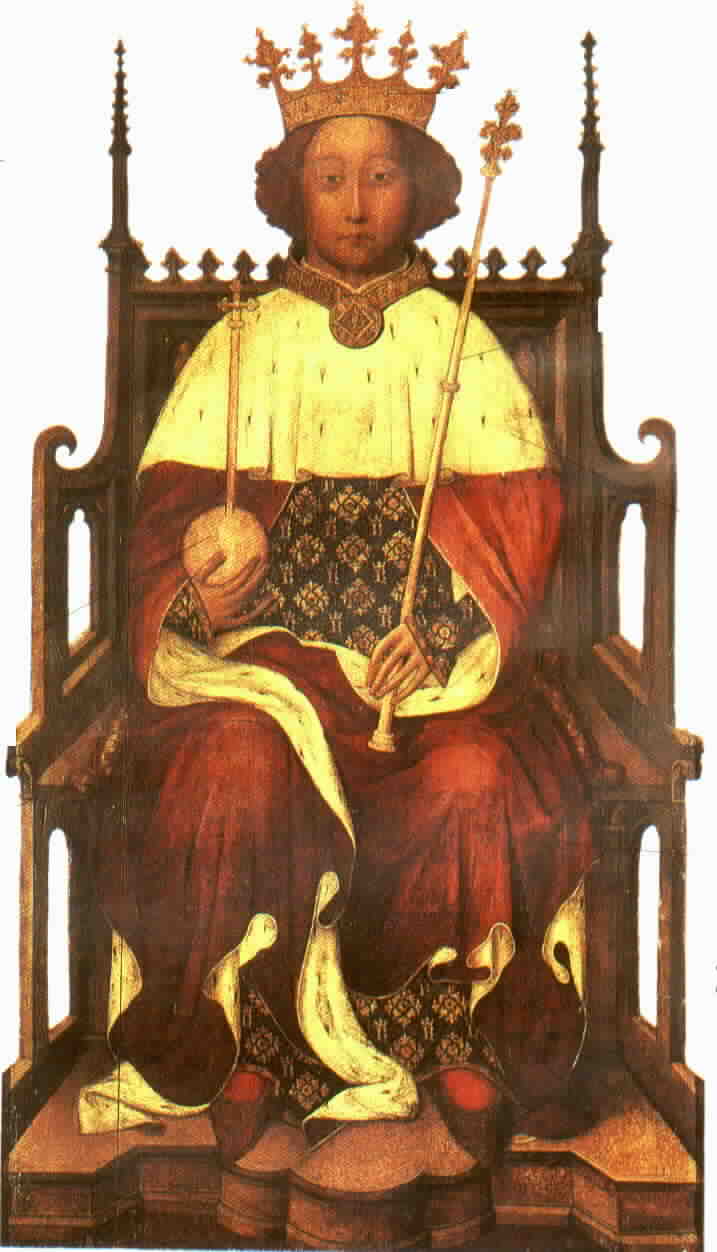King Harrison Thomas La Tour


| Introduction | |
| Surnames | |
| Contact | |
| First Page | |
| Index |
| Joseph of Arimathea, the Holy Grail and the Turin Shroud"Joseph of Arimathea, Joseph's "history" begins and ends in the Gospels (late 1st- 2nd c.). Yet his name has been a prominent factor in the apocryphal Eastern Christian tradition and in Western romance. My premise that the burial shroud of Jesus was the original object underlying the legends of the Holy Grail cannot be absolutely proved, but the association of both with Joseph of Arimathea and the absence of any other scenario universally accepted by scholars suggest the plausibility of the premise. A common idea joins Joseph's New Testament (NT) and his medieval legendary roles: his association with the body of Jesus. In the NT he provided the burial sheet that enclosed Jesus's bloody corpse; and in 12th-13th c. romances he was the first guardian of the Holy Grail, variously given out as a dish holding a communion wafer (i.e., body of Jesus), as the cup that had contained the blood of Jesus consecrated at the Last Supper or dripping from his crucified body, finally as a Dysgl bearing a bleeding head. This paper explores the evidence that begins in the 4th c. for the survival in Edessa (today Urfa, Turkey) and later in Constantinople of a bloodstained burial sheet, widely considered throughout the Byzantine and Syriac Middle Ages as the very cloth Joseph of Arimathea bought for the burial of Jesus. This eyewitness literary evidence persistently relates that the sheet also bore a faint impression of Jesus's crucified body. A 6th c. text calls this cloth a sindon, NT word for burial shroud, and a tetradiplon, suggesting that it was seen folded in eight layers. The documents attesting this full-body image migrated westward by the 8th c. Latin accounts of the Edessa cloth-icon remark how this awe-inspiring object had been kept hidden away in treasuries, and shown to the masses only rarely and amidst mysterious ritual. Thus there were relatively few individuals, East or West, who actually experienced this cloth first hand, who knew precisely what it was, or read these Latin accounts. In 944 the Edessa icon was transported to Constantinople. Byzantine artists were finally allowed to paint reproductions which show us that this cloth was indeed kept folded in a rectangular case--presumably as a tetradiplon--whose lid permitted Jesus's face to be visible in a central circular aperture. This seems to be why the earliest 4th c. text described only a facial image. It was only gradually understood to be a bloodstained burial shroud. That which was thought to be the actual burial wrap of Jesus was kept largely unexhibited in Constantinople from 944 to 1204 (time of the 4th Crusade). Numerous but little informed Western travelers and crusaders reflect a confusion born of this secrecy. Thus, though they may have heard it whispered to be something intimately identified with the body and blood of Jesus and associated with Joseph, the object's true nature as burial cloth was unclear. But something about its rumored looks caused it to be compared, in Britain and Brittany, with the "dish of plenty" or the "Dysgl with Bran's head in a pool of blood," the graal of Welsh- Irish mythology. As something unique and awesome, the reputed shroud of Jesus assumed, in the imaginative romance literature of the West, the differing forms of the Holy Grail; the fact that Joseph of Arimathea was associated with both establishes him as the link which identifies the imaged and bloodstained burial wrap of Jesus as the physical object that inspired the Christian legends of the Holy Grail. I obviously take the position that there never was a real cup-Grail or dish-Grail. Besides these mutual associations with body, blood, or head of Jesus and linkage with Joseph, both Grail and shroud share rituals and a "secret," deriving from the most probable etymology of "grail": Latin gradalis or "by degrees." In Grail rituals the secret was its gradual revelation, to any knight allowed to experience it, of a series of changes, from infant Jesus to crucified Jesus. If the Grail held the actual blood of Jesus, any further secret was superfluous, anticlimactic, and artificial. In Edessan and Constantinopolitan rituals, the image on the burial shroud was revealed to congregations only gradually, by raising it (accordian style, I surmise), section by section. Texts describe it as beginning as infant Jesus and becoming the entire crucified body. Is the icon's secret the basis of the Grail's secret? My paper now adduces further documentation as evidence that Joseph was never in the West, but rather that the earliest reference placing him in Britain was in reality a reference to Edessa, whose royal palace complex was called Britio Edessenorum. The confusion arose from the similarity of the names. Also, a 5th c. Georgian (Russia) MS relates that Joseph captured Jesus's blood as it drip from his crucified body. |
 |
latour33@sbcglobal.net |
 |
http://familytreemaker.com/users/l/a/t/Harrison-L-La-tour/index.html |
 |
The East 33 1/3 Feet of Lot 5 Block 122 Phoenix Federal Savings and Loan--Armstrong Bank |